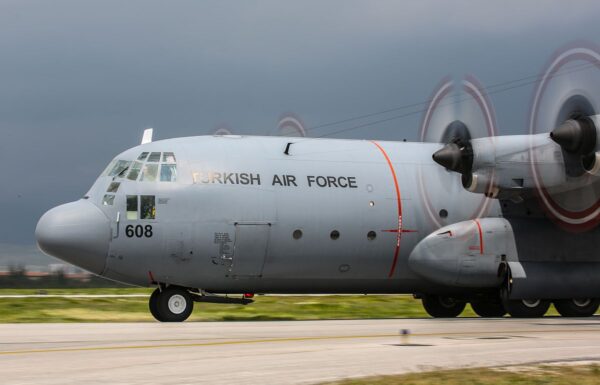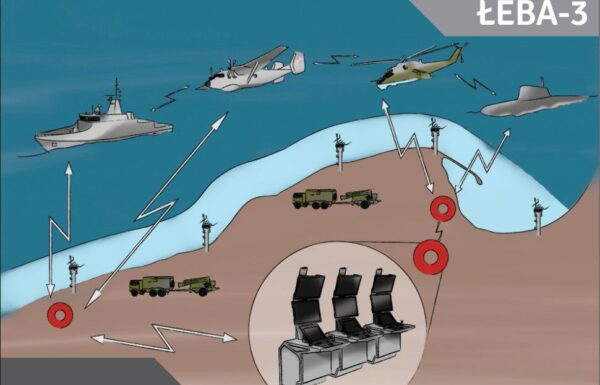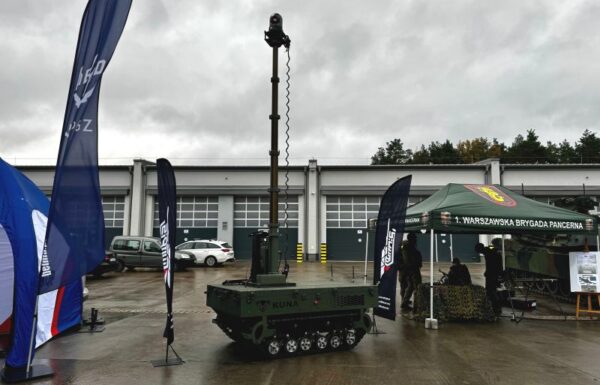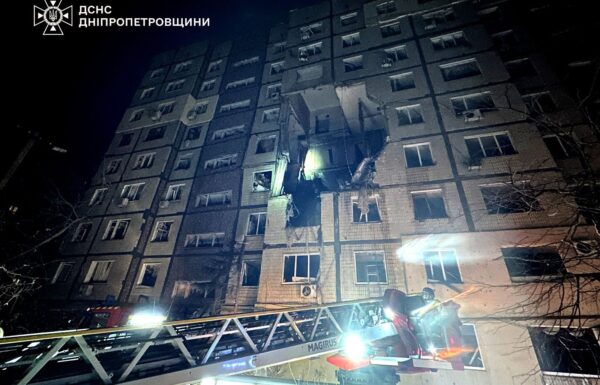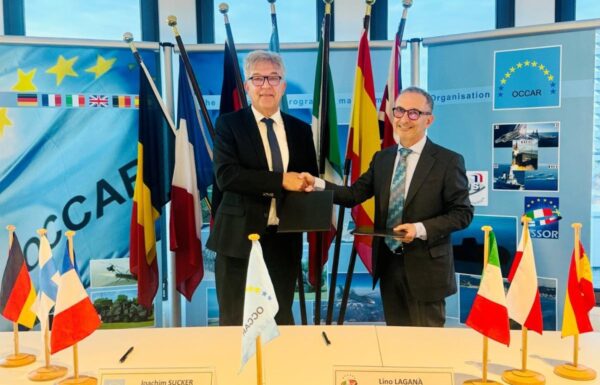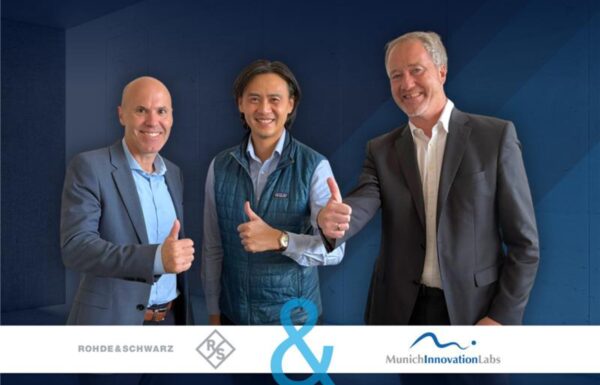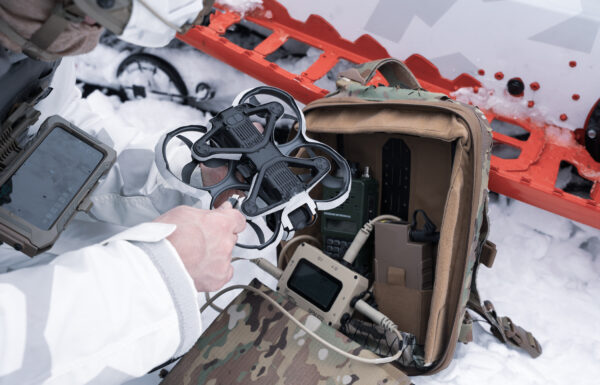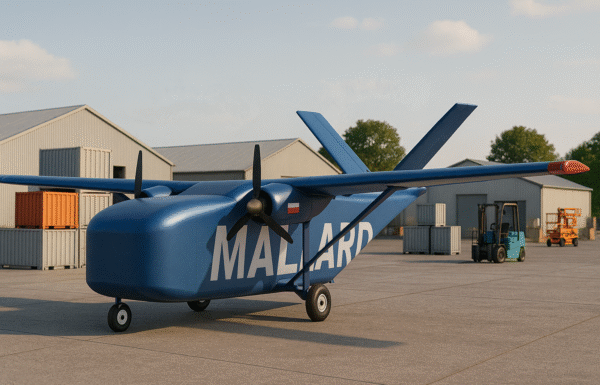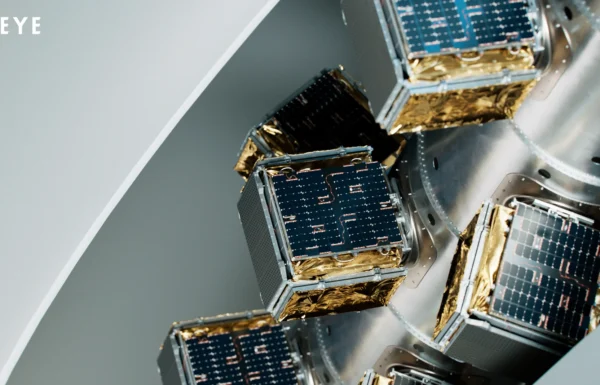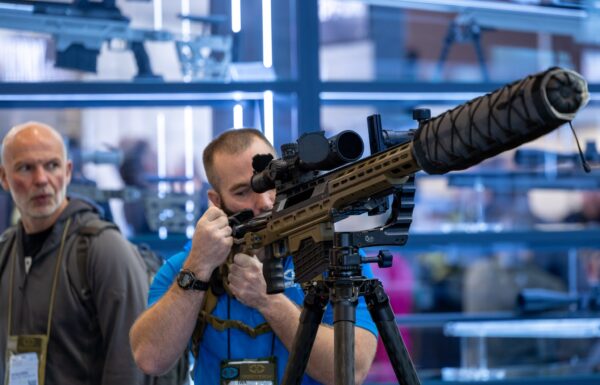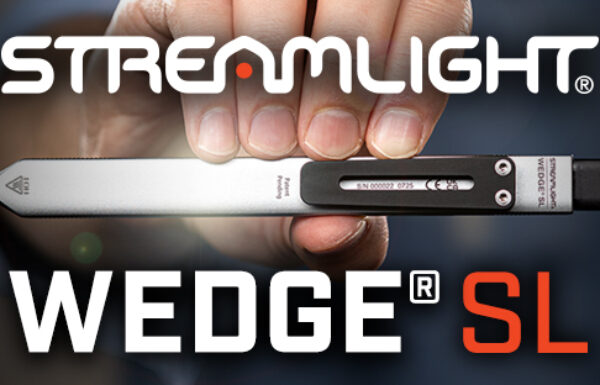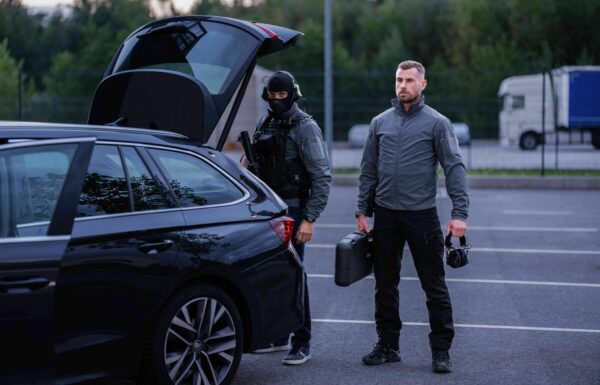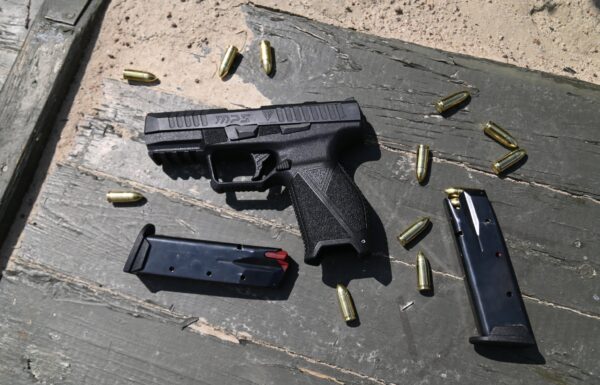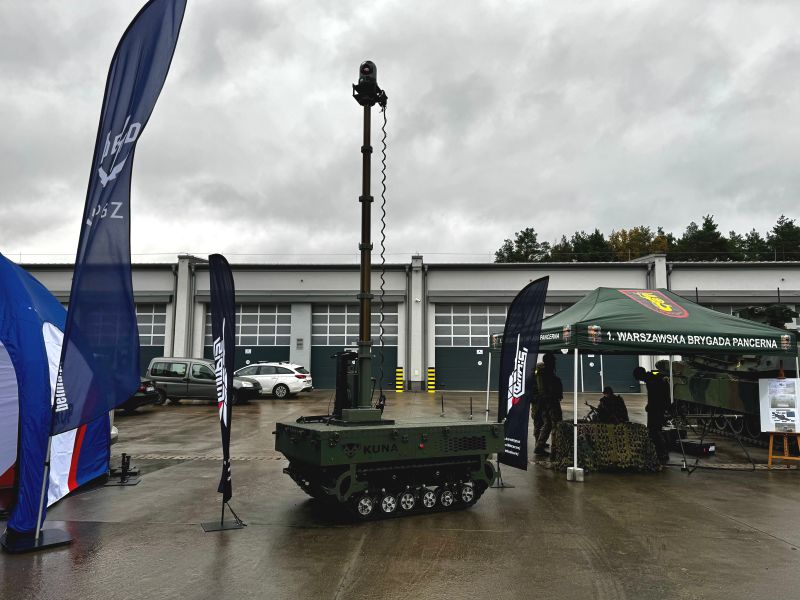On Thursday, November 6, 2025, the company Chema DS from Cegłów announced on its LinkedIn profile that a demonstration for representatives of the NATO Parliamentary Assembly’s Defence and Security Committee had taken place on October 28 at the Wesoła training ground. Together with the Military Institute of Armoured and Automotive Technology (WITPiS) from Sulejówek, acting as the lead partner, and the company Mista from Stalowa Wola, they presented the Kuna (Marten in Polish) Unmanned Ground Weapon System.
“During the presentation for members of the NATO Parliamentary Assembly’s Defence and Security Committee, solutions developed by the WITPiS–Chema DS consortium were showcased.
Among the presented equipment, particular interest was drawn by the KUNA Unmanned Ground Weapon System in its reconnaissance version, equipped with advanced optoelectronic and communication systems.
The demonstration took place at the 1st Warsaw Armoured Brigade named after Gen. Tadeusz Kościuszko and served as further confirmation of the capabilities of the systems developed by the WITPiS–Chema DS consortium in supporting reconnaissance operations and integrating with unmanned systems within modern combat structures.
A huge thanks to our partner Forcepol Sp. z o.o. for their full support in providing the electromechanical masts,” the press release stated.
Kuna Unmanned Ground Weapon System Tested by the Polish Armed Forces
The vehicle was unveiled at the 32nd International Defence Industry Exhibition (MSPO) 2024 in Targi Kielce, where the consortium received the Defender Award. More recently, it was presented on April 24, 2025, during an exhibition of Polish-made unmanned weapon systems held at the 1st Warsaw Armoured Brigade in Wesoła, near Warsaw. On September 9, the Ministry of National Defense announced on social media the start of testing of the first units with the 19th Lublin Mechanized Brigade.
According to the manufacturer, the Configurable Autonomous Multi-Task Platform Kuna (manufacturer’s designation) is a comprehensive reconnaissance and operational support system designed to meet the challenges of today’s rapidly evolving battlefield. The system addresses the needs of the Operational Forces, Special Forces, Territorial Defense Forces, Police, and Border Guard in areas such as reconnaissance, counterterrorism, prevention of illegal migration, and crisis response. The innovative concept of the system is based on the integration of aerial drone technology with ground vehicles, enabling remote and precise operation of the platform in difficult or hazardous terrain.
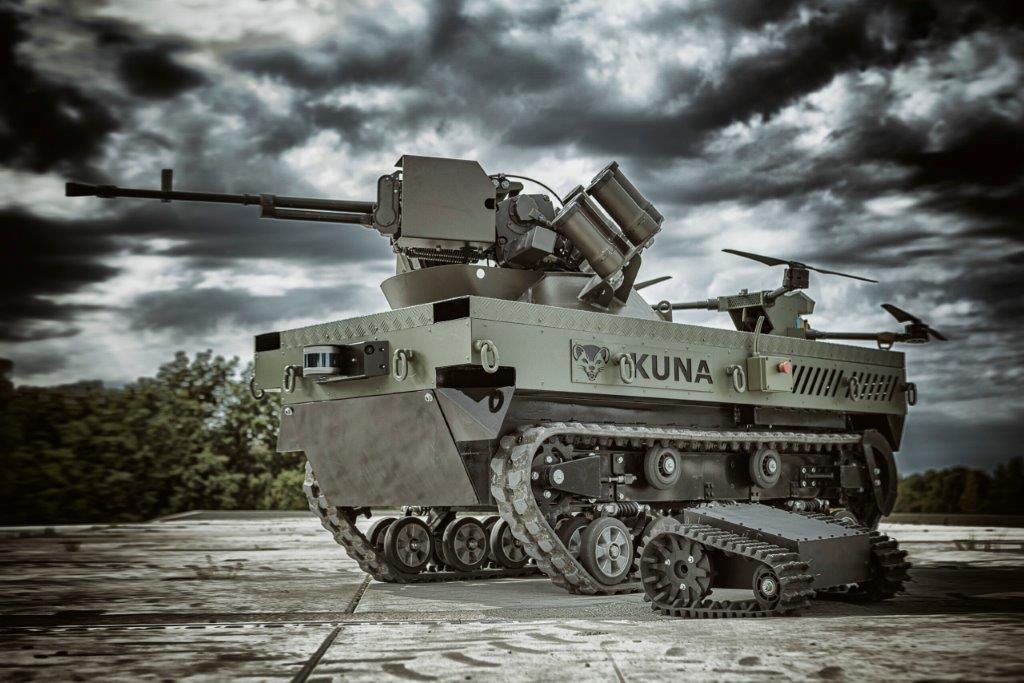 Photos: Ministry Of National Defence
Photos: Ministry Of National Defence
The system was designed and built based on observations and lessons learned from the ongoing armed conflict in Ukraine. Together with its developed subsystems, it provides a versatile response to the needs identified by Ukrainian Special Forces operators operating in difficult combat conditions – drawn from their observations, feedback, experience and conclusions about the modern battlefield. The system features a modular, multi-role architecture that can be configured according to mission requirements. Its main components are the Kuna unmanned ground platform and the Raven unmanned aerial vehicle.
The Kuna vehicle can move to a designated location while the Raven drone conducts aerial surveillance and returns to the vehicle’s current position. The drone also functions as a data relay, enabling remote control of the Kuna via the UAV. This arrangement extends the vehicle’s effective operational reach and the range for telemetry and video streaming – a critical capability for operations in difficult terrain and in environments where GNSS signals are degraded or unavailable.
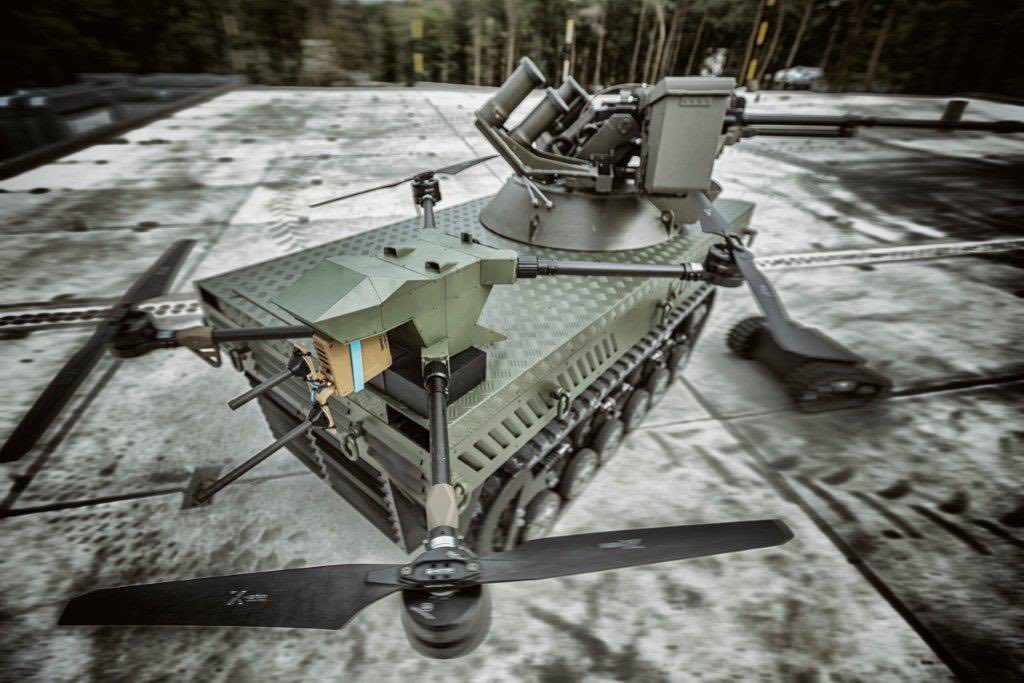
Key features:
- Mobility and autonomy:
Kuna Vehicle: This unmanned operational vehicle serves as a mobile base that can be remotely controlled or operate in autonomous mode. Its autonomous capability allows it to move across terrain and reach designated locations without a crew on board. Both route programming and remote control can be carried out via the drone from the air, which increases the vehicle’s operational range. Equipped with LIDAR laser–radar sensors, cameras, and other detection systems, Kuna is capable of independently avoiding obstacles, significantly enhancing its ability to operate in unpredictable environments. Its tracked chassis provides high mobility, enabling it to traverse uneven, sandy, muddy, and even rocky terrain where wheeled vehicles might struggle. The Kuna platform can be easily adapted for different missions through interchangeable modules designed with logistics in mind. These modules include mounts for specialized tools, sensor units, and effectors. The transport module allows the vehicle to carry various loads — from tools and equipment to construction materials or humanitarian supplies. All modules and the vehicle itself are fitted with forklift transport points, facilitating loading, unloading, and reconfiguration of the vehicle.
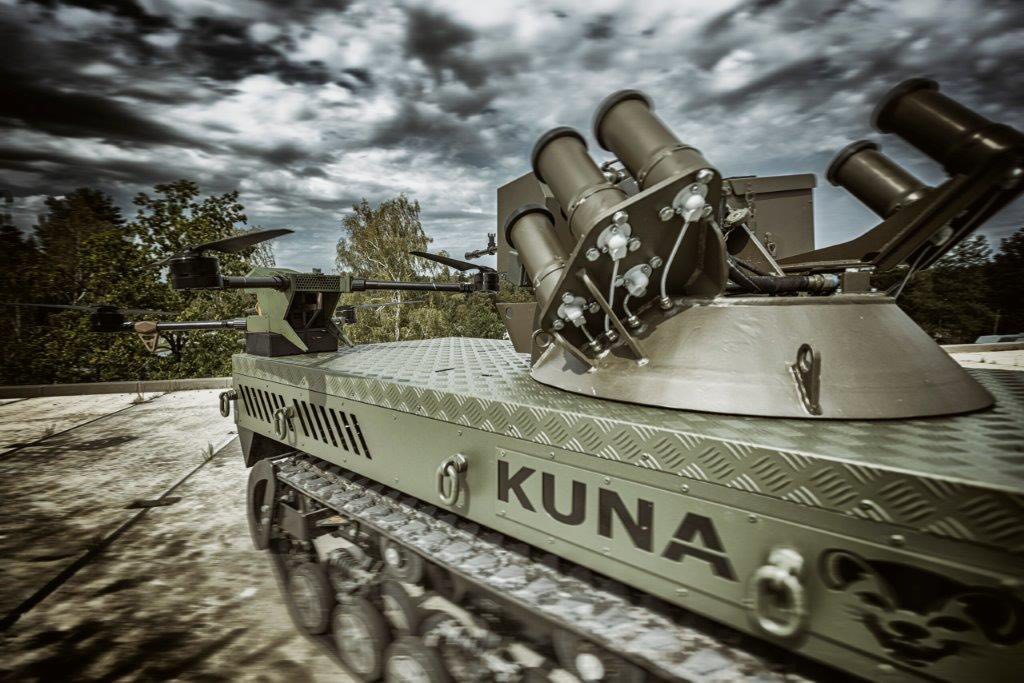
- Advanced Reconnaissance and Combat Support:
The Raven drone is an advanced unmanned platform designed for military and law enforcement applications. The platform was developed and refined based on lessons learned from the conflict in Ukraine. Raven is a versatile tool that performs effectively in demanding conditions, enabling successful operations where traditional solutions may be inadequate or too risky. With a payload capacity of up to 12 kg, Raven can deliver critical equipment and supplies directly to the area of operations, as well as carry out direct support missions.
The drone has a maximum takeoff weight of 24 kg and is equipped with advanced navigation systems and artificial intelligence, allowing it to conduct autonomous missions even in environments where GPS signals are unavailable or jammed. For this reason, Raven features a dead-reckoning navigation system, which supports navigation in areas lacking access to traditional GNSS systems. As demonstrated by the conflict in Ukraine, GNSS signals are often jammed or spoofed, necessitating the use of alternative navigation solutions that are easily integrated with flight controllers. With a control range of up to 15 km and BVLOS (Beyond Visual Line of Sight) capability, the drone can monitor large areas from a safe distance. It can remain airborne for up to one hour at speeds of up to 45 km/h, while its advanced stabilization systems ensure precise operation even in strong winds of up to 17 m/s. Additionally, Raven is equipped with systems enabling easy management of frequencies, control, and the transmission of imagery and telemetry data, again reflecting the lessons learned from Ukraine, where electronic warfare and frequency control play a key role in UAV operations.
The system has undergone extensive testing, confirming its reliability and resistance to electronic interference. Raven is equipped with an advanced radio-navigation system that enables autonomous operation in GNSS-denied environments. This system is integrated with the drone’s flight controller, allowing the use of standard navigation algorithms and sensor fusion to maintain flight stability and accuracy. These capabilities make Raven a highly advanced tool capable of performing missions in the most demanding conditions—an invaluable asset for the armed forces and law enforcement agencies.
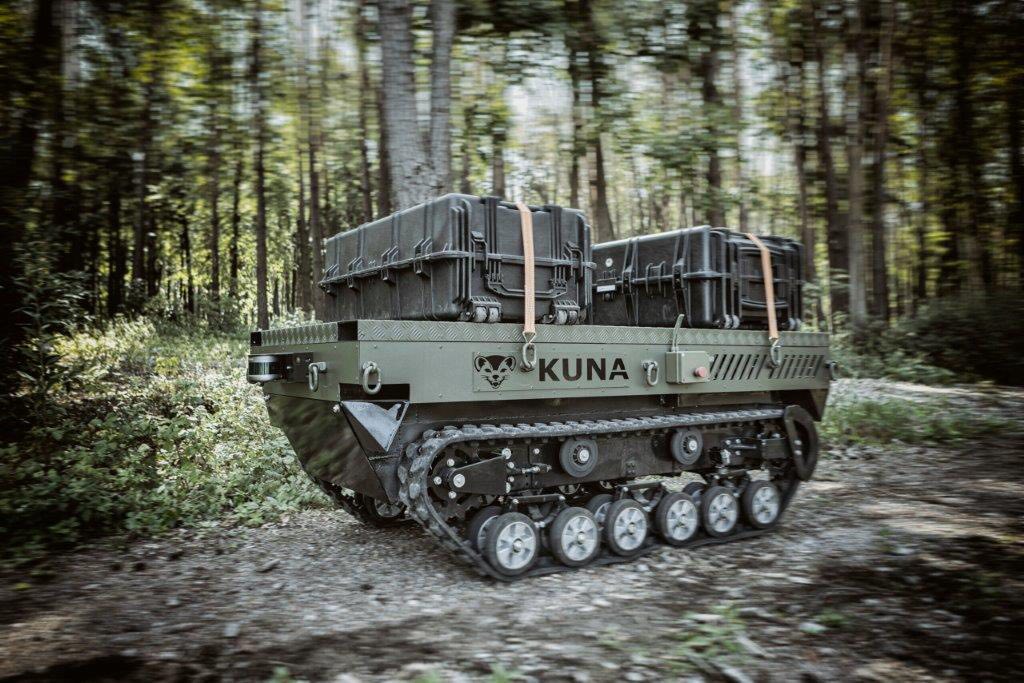
- Flexibility and Adaptation to Crisis Conditions:
The system enables effective operation across changing terrain and environmental conditions, which is crucial for operations on the modern battlefield. Thanks to its operational flexibility, the system can be rapidly adapted to specific mission requirements such as counterterrorism, prevention of illegal migration, or operations in the threshold of hybrid warfare. It performs exceptionally well in crisis situations that require rapid response and unmanned delivery of equipment. Because its components can operate autonomously, the system is indispensable for rescue operations in isolated and hard-to-reach locations.
Designed and built on the basis of observations and lessons learned from the ongoing armed conflict in Ukraine, it integrates advanced mobility and surveillance technologies to offer unique reconnaissance and operational support capabilities. Together with its developed subsystems, it provides a comprehensive response to the needs of the contemporary battlefield. The system is notable for its scalability and modularity: its modular, multi-role architecture can be configured according to mission requirements. Interchangeable modules include mounts for specialist tools, sensor packages and effectors, while the transport module enables the carriage of various loads, from tools and equipment to humanitarian supplies, making it highly useful for logistics. Thanks to the advanced cooperation between the Kuna vehicle and the Raven drone, this system constitutes a modern tool for conducting effective operations across a wide spectrum of military and special missions, from counterterrorism to hybrid-warfare scenarios. It is an innovative solution that sets new standards in reconnaissance and specialist equipment, addressing the current needs of military and uniformed services.



